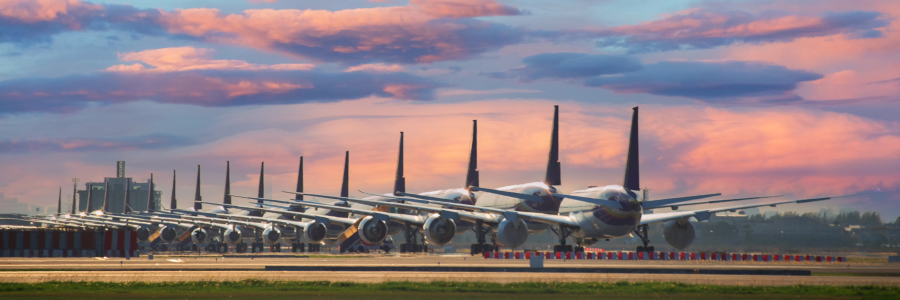With 158 vessels carrying approximately $105 billion in ocean freight being diverted away from the Red Sea amid the risk of continuing Houthis’ attacks, cargo prices are soaring.
Global logistics managers are faced with a two-front storm of rising ocean and air freight prices and stranded cargo. Both are threats to the global supply chain after three tumultuous years of inflationary pressures and delays from Covid disruptions which recently seemed to finally have been vanquished.
The ceiling in ocean freight prices shot up in a matter of hours on Thursday as a result of more vessels diverting from the Red Sea. CNBC has learned that logistics managers were quoted this morning an ocean freight rate of $10,000 per 40-foot container from Shanghai to the U.K. Last week, rates were $1,900 for a 20-foot container, to $2,400 for a 40-foot container. Truck rates in the Middle East now being quoted are more than double.
158 vessels diverted from Red Sea holding $105 billion in trade
As of Thursday morning, 158 vessels are currently re-routing away from the Rea Sea carrying over 2.1 million cargo containers, Kuehne + Nagel tells CNBC. The value of this cargo based on MDS Transmodal estimates of $50,000 per container is $105 billion.
Vessels move on global water routes called “strings,” and containers from around the world can be on a single vessel as a result of the different ports a vessel will visit on its string. When a vessel is delayed because of re-routing that means all shippers from a multitude of countries who have cargo on that vessel, or are waiting for that vessel to pick up their containers, are faced with delays.
While logistics managers have no control over containers presently on the re-routed vessels, they do have control over stranded containers that are not being picked up in European or Middle Eastern ports, and import containers in Asia getting ready to be loaded on vessels.
Options for ‘stranded’ cargo
Logistics CEOs tell CNBC they are presently sorting out this cargo, and for the cargo considered “stranded” in Europe or the Middle East, they are looking to move select products by air as a possible solution. U.S. shippers are also assessing alternative trade routes like the TransPacific to the West Coast, and even the Panama Canal, to access Gulf and East Coast ports, with decisions coming down to analysis of transit time and freight costs.
Read the full article by CNBC, Lori Ann LaRocco here.













.png)
